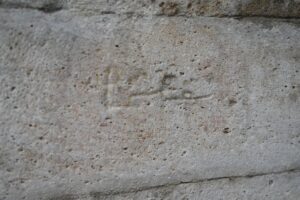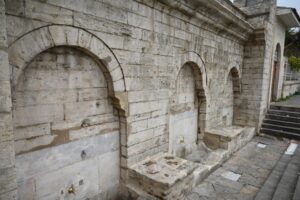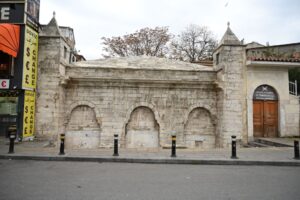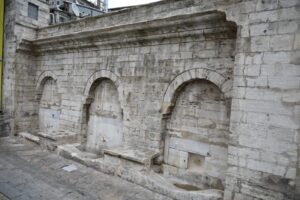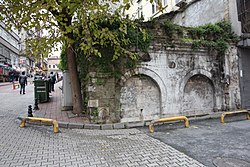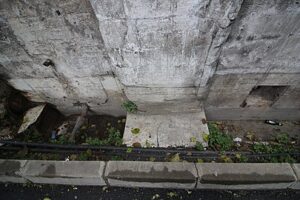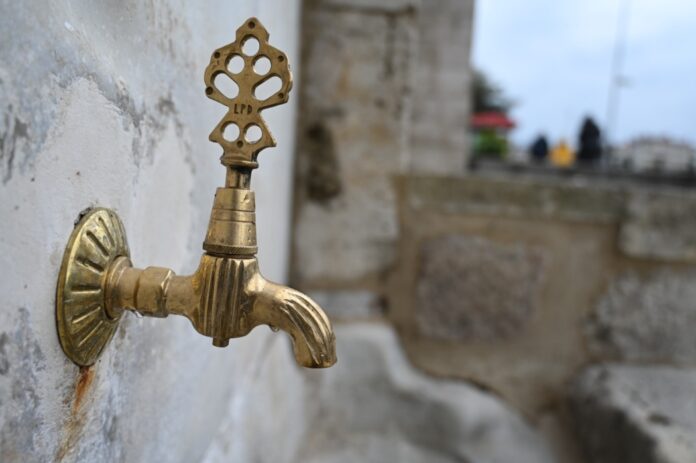Horhor Fountain
Hindiler Lodge Fountain is also known as Suleiman the Magnificent Fountain.
Horhor Fountains Flowing Once Again
Being one of our distinctive and elegant fountains in Fatih, which is home to the most distinguished examples of fountains that reflect the water architecture, Horhor Fountain is filled with water once again following the maintenance and repair works.
27 December 2021
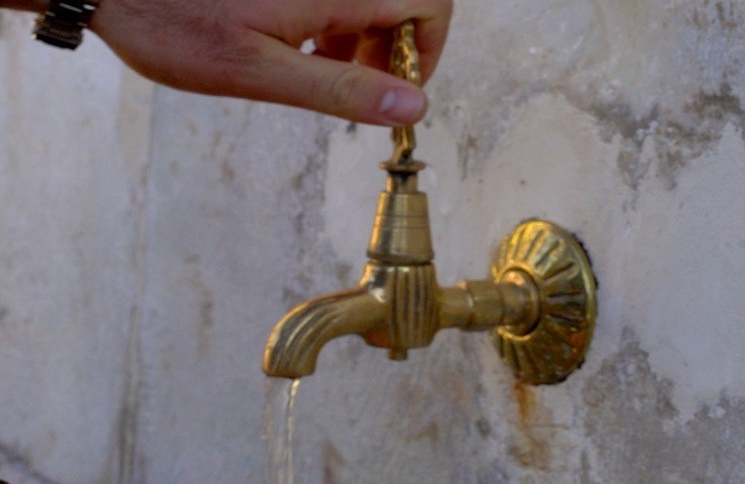
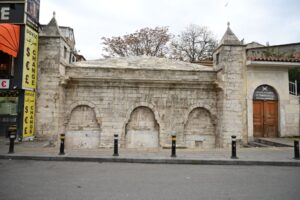
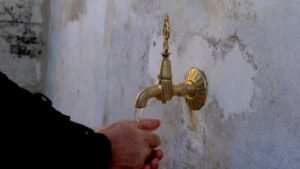
In addition to their architectural wonders and visual beauties, the fountains, which are a reflection of our culture and take us back to ancient times from time to time, also reflect our historical and cultural richness. Being one of them, Horhor Fountain is located in Iskenderpasa Neighborhood, where Horhor Street ends in the direction of Aksaray. The fountain is also located in front of the Hindiler Dervish Lodge, the first Naqshbandi Lodge established in Istanbul after Fatih. There is another fountain with the same name on the street that leads to Saraçhane, passing in front of the dervish lodge, which is also known as Horhor.
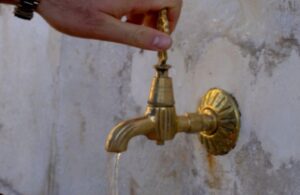
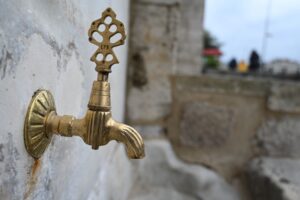
It is mentioned that the fountain took this name because it was called Horhor over the years, since the sound of “hor hor” of the water flowing from the tunnels was heard from the tower windows. Since the fountain does not have an inscription, it is not known exactly by whom and when it was built, but it is stated that it may have been built during the reign of Sultan Mehmet the Conqueror. It is also known as the Suleiman the Magnificent Fountain, as there is information in the sources that it was included in the Suleiman the Magnificent Foundation and was repaired during this period.
The fountain, which was built from cut limestone, remained below the road level over time. The building, which has survived to a large extent by preserving its features, consists of three separate round-arched niches and three sections. What distinguishes the fountain from the general typology is that it has towers with cones and open windows on both sides.
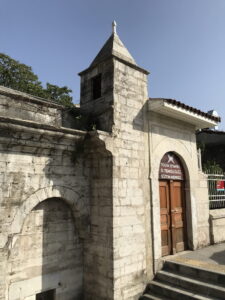
The fact that it is close to the Et Meydanı (Meat Square) – where the Janissary Barracks, which has not survived to our present day, is located – made it easy for the fountain to turn into a source of income for the Janissaries. It is understood from the three cypress tree motifs engraved on the surface of the fountain and the company number “44” just below it, the sword-like signs in different places, and the inscriptions that seem to be names, that these belong to the Janissaries.
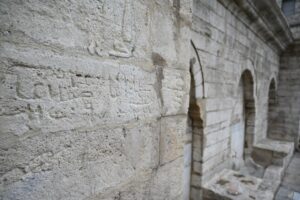
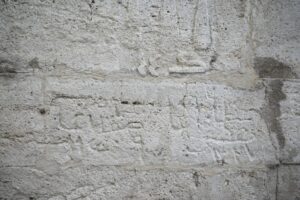
With the maintenance and repair works carried out by our municipality, the vegetation and contamination on the surface of the fountain were cleaned by mechanical methods. Cement-based repairs made previously were scraped from the fountain surface. The scraped surfaces and stone material losses were completed with the original hydraulic lime added mortar. The lost parts of the marble benches were repaired, and now, water is restored to the fountain once again with the renewal of clean and waste water installations.
